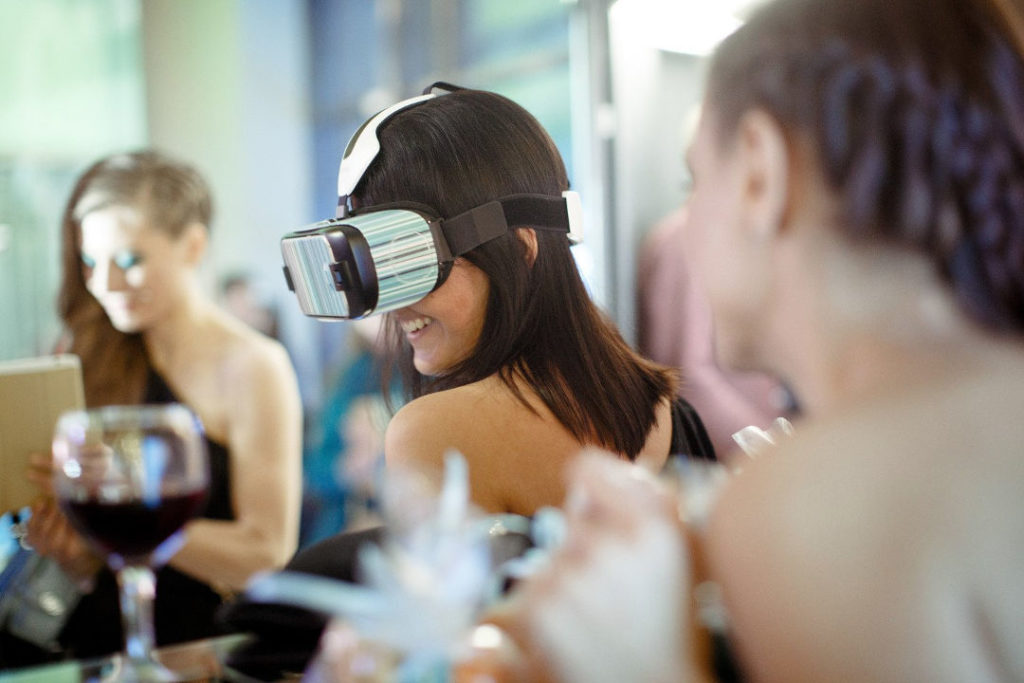Gamification as a tool in Tourism Marketing to help you stand out from your competitors and attract new visitors.
Tourism Marketing
Tourism marketing seeks to attract visitors to a determined place, for example to a city, a natural environment or a cultural monument or heritage of humanity. A wide variety of strategies exist to achieve this goal, from concepts based on a simple slogan (who has never heard before the phrase what happens in Las Vegas stays in Las Vegas) to elaborated digital marketing campaigns. As well as the private companied dedicated to tourism as the public organizations that promote it must quickly evolve to offer new experiences for the tourist. Without any doubt, this evolution passes through an extensive use of technology.
Mobile marketing
In the last few years, mobile marketing has ranked as a fundamental tool for tourism marketing due, basically, to the increasing growth in the number of smartphones users are connected through the Internet 24 hours a day and they frequently use social networks. This increases the opportunities to connect with them from a tourism marketing perspective.
“Tourism Marketing is destined to spin around the smartphone user”
We all know that every tourist has in his/her pocket a smartphone that uses as an all-in-one device to communicate, take pictures, plan routes, make hotel reservations and pay his/her shopping. From an entrepreneurial point of view, the opportunity to convert ourselves in the virtual travelling companion arises not only to offer the tourist valuable real time information, if not also to offer new leisure and entertainment experiences. Thanks to the geolocation and to the segmentation it is possible to customize the tourist experience.

Los Millenials
A representative study case in the tourism marketing context are the millennials. This concept refers to people that presently have ages between 24 and 40 years old. Globally, this generation, also known as the digital natives, is characterized by a massive use of social networks and smartphones. If we think about this people as potential touristic customers, tourism marketing campaigns focused on this profile should adjust properly in our recruitment strategy. For example, it could be proposed actions as simple as free wireless connection at the physical location or encourage the diffusion of content linked to the touristic place through social networks.
Another more advanced strategies could be associated with mobile games, enabling that a tourist could download, for free, a game in his/her smartphone where he/she could recreate an entertaining experience at the touristic context where he is. This strategy with specifically and customized games has been used successfully in the field of publicity games and it is known as advergaming.
Boosting the tourist’s experience
Nowadays, companies dedicated to tourism and entities that promote tourism as a cultural activity try to offer a plus experience for the tourist to stand out and Rank regarding potential competitors. Concepts like experiential marketing or emotional marketing arise to customize and enrich tourist’s experience. And, besides providing basic services, presently it is necessary to cover the increasingly ambitious needs of the average tourist.
In essence, this kind of marketing is based in four basic aspects:
- Better living it than them telling it to you
- Stablishing an emotional bond with the tourist through the touristic brand that is going to be promoted
- Identifying the client with the touristic brand and, finally
- Strategy based in content marketing
Let’s remember that the tourist wants to live the best touristic experience possible, where he can choose from different leisure and fun options, and share them with his relatives to generate that sensation of pleasant envy. From the point of view of who wants to catch a tourist the idea is to make the customer happy so he will work as a loudspeaker propaganda and also achieve him to be loyal to attract him again in the future.
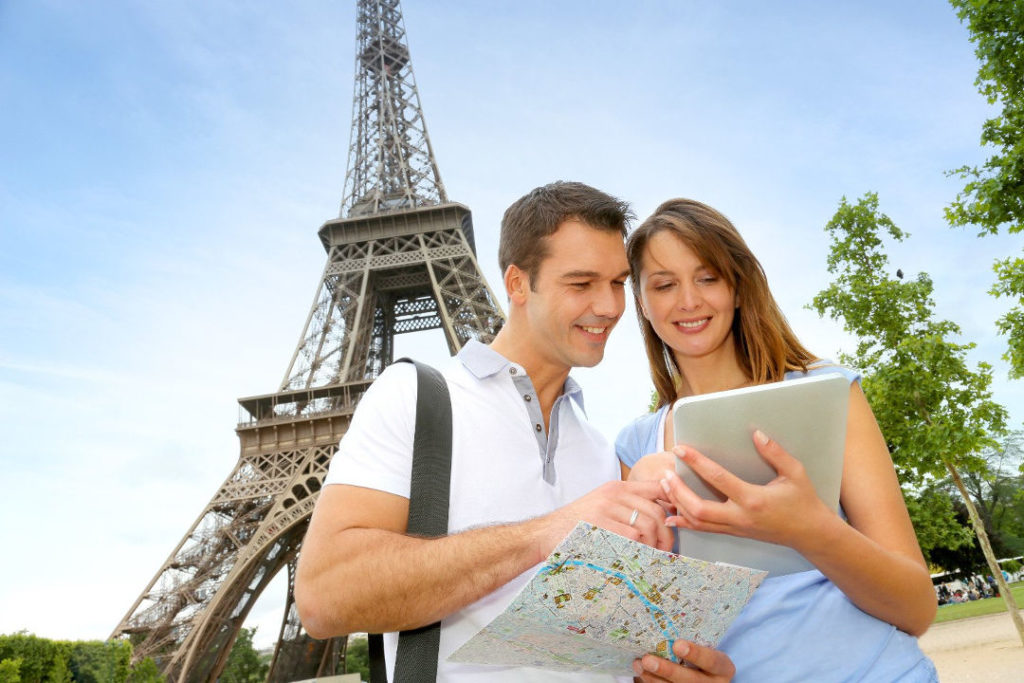
Tourist segmentation
And here enters the technology again and, specifically, the smartphones. Thanks to the possibilities offered by the geolocalization and segmentation, today it is possible to offer a different touristic experience to each individual. If we combine the information related to the tourist like his age, sex or his residence country, with the touristic environment, then it is possible to offer different experiences according to the user’s profile.
The modern tourist uses technology extensively, is a voracious consumer of information and he is demanding regarding living new touristic experiences
Let’s think for example in a tourist who has signed for a touristic package associated with a enotourism route where one of the activities consists in visiting a famous wine cellar. As an emotional experience, the touristic operator could offer an activity where the client uses a virtual reality helmet that takes him to the vineyard where he can pick the grapes to elaborate the wine in the cellar. The tourist could even interact inside the appliance as if he was the main character from a videogame. This fresh and different experience could be appreciated by the tourist since the operator is offering him a plus, a novelty, something quite different from what a classic visit to a cellar would be.
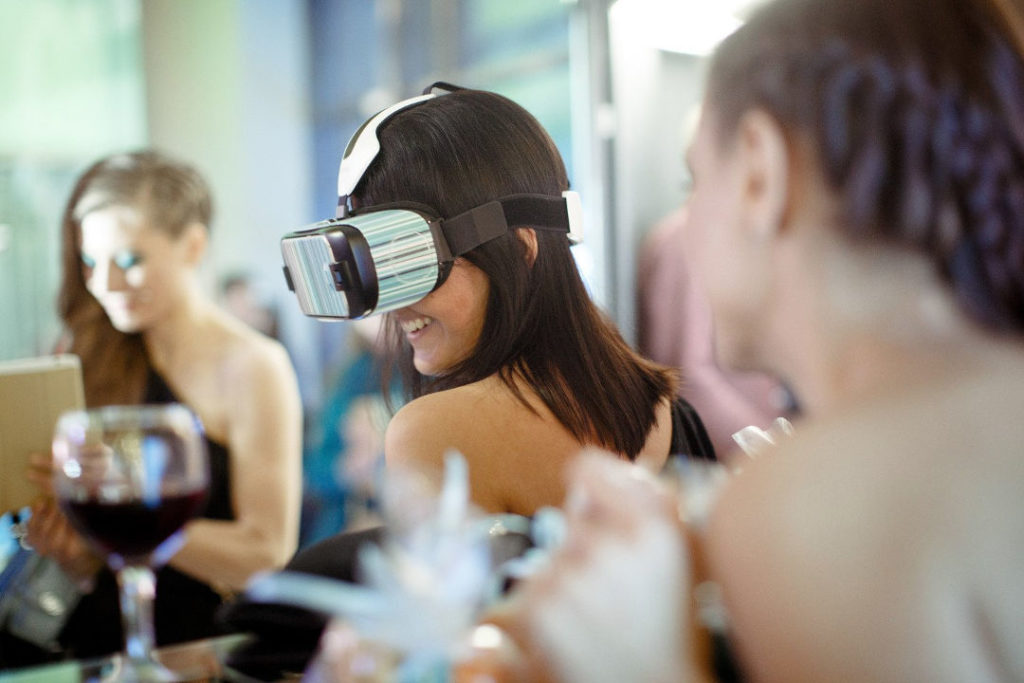
Virtual reality (VR)
Let’s consider now another situation where a touristic department wishes to attract more visitors to their Natural History museum. Commonly, the person who visits this kind of museums likes to exit with the sensation of having learned something new. In this context one could think of a mobile app that connects the physical world, that is to say, the museum, with the tourist. This connection could be based in a simple interaction where the tourist reads a QR code with his mobile phone and automatically he obtains a didactic game that makes the user a series of questions about the theme content in the museum.
In terms of knowledge shown in real time by the tourist the museum could opt to give him a prize of some sort or make some kind of hall of fame. One again, the experience offered is dynamic, different, technologically innovative and it permits to stablish an emotional bond with the tourist.
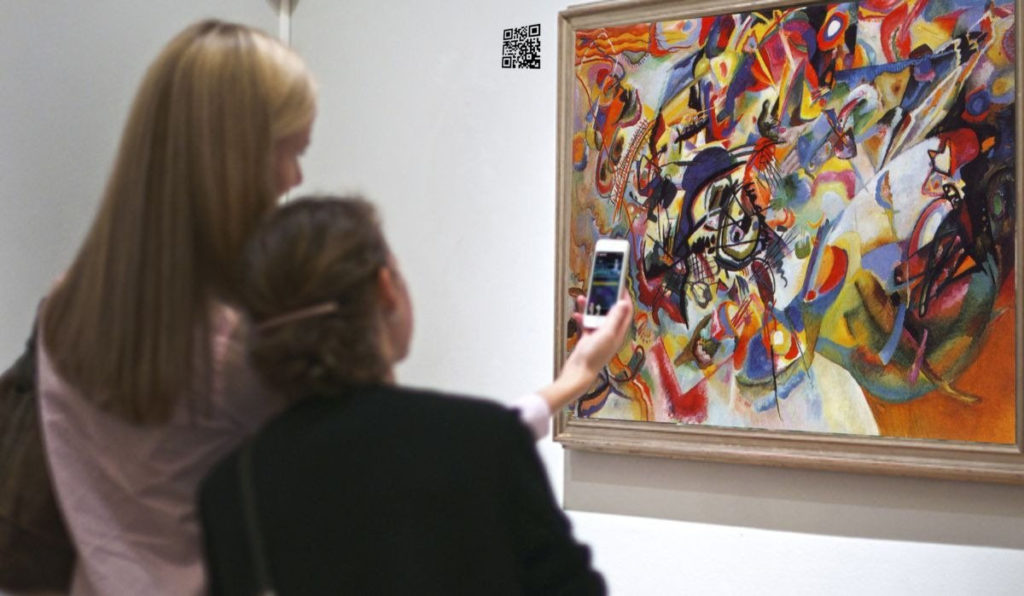
Cultural Tourism and Gamification
Gamification is not a new concept, but presently is taking more relevance as a technique to motivate, improve concentration, increase effort and make customers loyal, among others, through game mechanics. According to a study made by Markets & Markets), global billing in this sector will reach 5.500 million dollars in 2018 with a growth rate of 67% approximately. Companies like Coca-Cola and Starbucks have used successfully this technique.
“70% from the most important enterprises at Fortune 500 already use gamification techniques”
In this context it is relevant to highlight how the videogames industry has confirmed itself as the leader industry, in sales and growth, in leisure and digital entertainment. In 2018 a billing of 112.5 billion dollars is estimated. Besides, the average consumer of videogames profile has changed. For example, in the United States 29% of players are 18 – 35 years old, 18% are 36 – 49 years old and 26% are older than 50. Videogames are no longer only for children, the target now has purchasing power.
Casos de uso de la gamificación como herramienta del marketing turístico
In the past years, gamification has reached a social dimension and it has begun to introduce itself in practically every aspect of our lives, from education, work, marketing, sustainability, to health care and scientific investigation. Some of the most eye-catching facts about this are:
- United States Army puts more money in recruitment games than in any other marketing platform.
- Volkswagen generated more than 30 million visits to its website and more than 119.000 ideas through the People Car’s Project) to design the perfect car.
- Nike used gamificated feedback to promote more than 5.000.000 users to reach personal challenges related to sports) every day during the whole year.
- Through the project Beat the GMAT), a significant group of students increased the time they passed in a website to improve their results in exams in a 370% through a gamified platform.
- In 10 days, Foldit players, a puzzles game related to science, solved a problem related to proteins) in a virus that had been confusing investigators during 15 years.
- Gartner, a firm dedicated to market studies, predicted) that the 70% of the first 500 companies in Fortune would use gamification towards the end of 2014.
From this global perspective of gamification, it is possible to present game mechanics that contribute to promote the dissemination of heritage and cultural assets, to foment tourism in a determined region and even enhance and advertise determined acts or interesting events.
Question and Answer Games
One of the formulas more used to materialize videogames that promote education and culture from a general perspective are videogames based in questions and answers. And, presently, trivia games enjoy a great popularity in part due to the social impact from television contests, which is reflected in the great number of different competitions broadcasted and the high audiences achieved in Europe and the United States. Contests of questions and answers are broadcasted during the Prime Time emissions in the main channels in each country globally, with average advertising prices for each 20 seconds spot that may reach 25,000€.
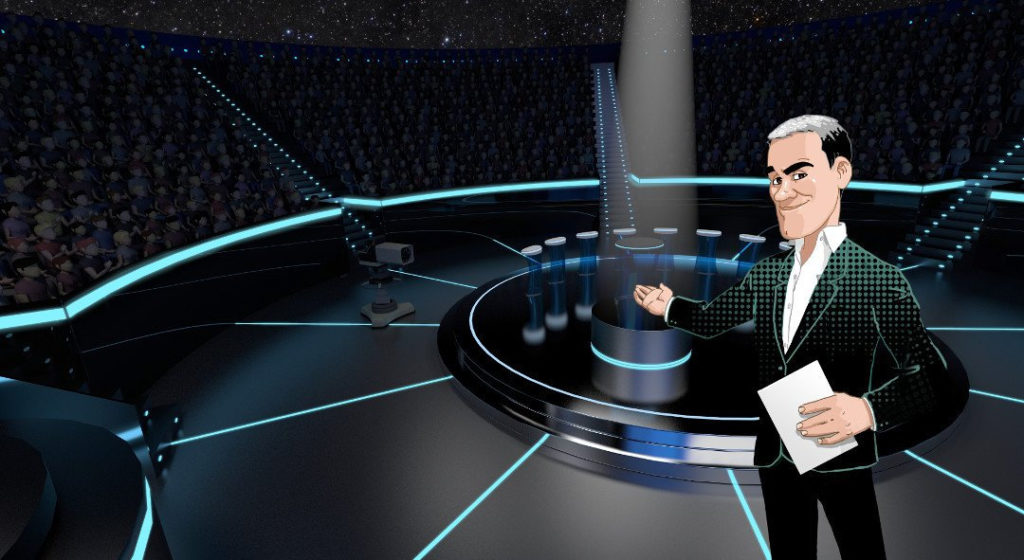
Successful gamification
Acceptance by the users of this kind of games is excellent, existing specific examples that demonstrate that they are able to even create communities around them. Trivia Crack, developed by the Argentinian Company Etermax is presently a global phenomenon with more than 150 million users. One of the keys to its success is the mix of localization and cultural references.
“According to Newzoo in their global inform about mobile market in 2017), games monetize four times more than apps”
Games monetize significantly better than apps. For example, Newzoo estimates that in 2018 games for mobiles will reach a billing of 66.2 trillion dollars.
If we consider all of these facts and estimations about growth, it results fair to think that cultural tourism can benefit enormously from gamification potential as a tool in tourism marketing. Certainly, gamification can be used to increase tourist’s experience through dynamics of games and modern mechanisms of interaction. Particularly, trivia videogames could be one of the main vehicles that contribute to set a difference referring to enriching the touristic experience.
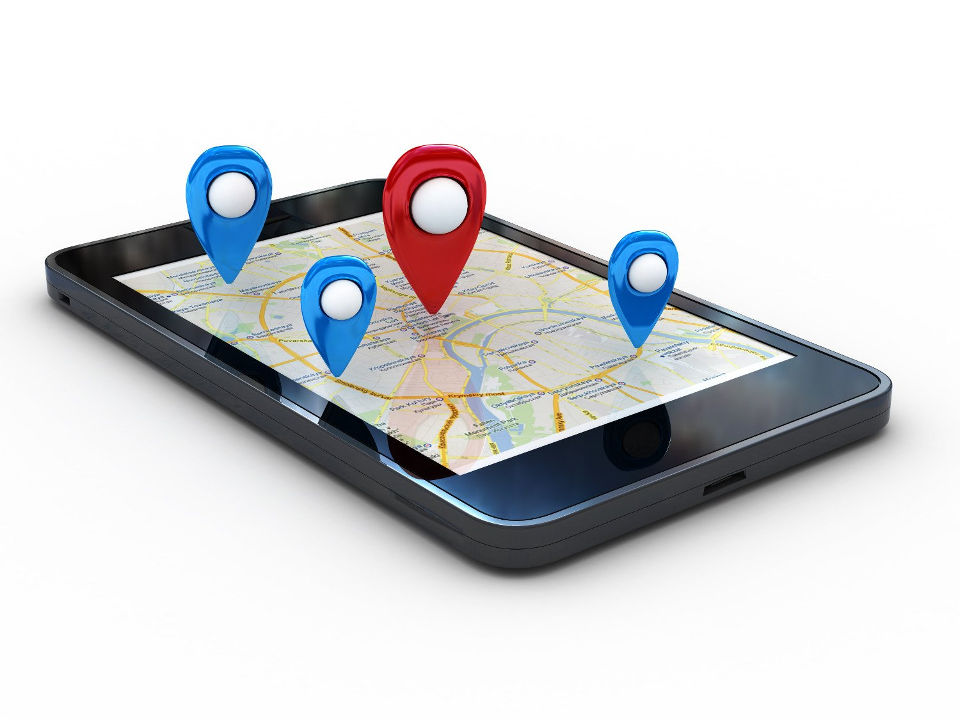
Fidelización
Let’s think for a moment in a strategy based on geolocalization and questions and answers games where the tourists’ devices from a determined region can be notified about interest points and near events always from a touristic perspective. At these places you will be able to develop customized contests with questions related with the event of interest. Let’s add now a loyalty system where the user can be benefited, through prizes, by participating in this context. And now, icing on the cake. An intelligent notifications system that notifies the customer and invites him to discover virtual touristic routes.
“Gamificating the touristic experience enables to establish an emotional and cultural bond with the tourist”
As you could verify we are in a very interesting moment from the innovative perspective inside the tourism marketing, where, without a doubt, technology is the main gear that makes spin any marketing strategy. If you are professional in this sector, gamification might be the tool that helps you to stand out among your competitors in matter of attracting visitors. What are you waiting to try it out? Get started on the innovation road in tourism marketing.

